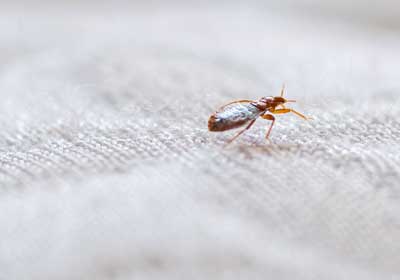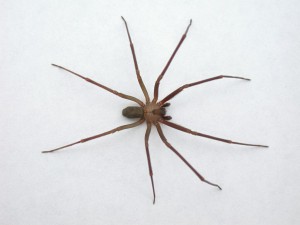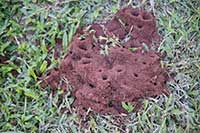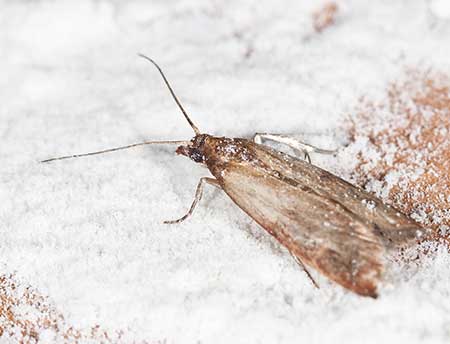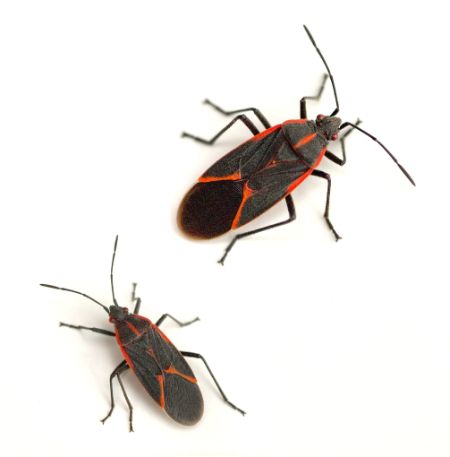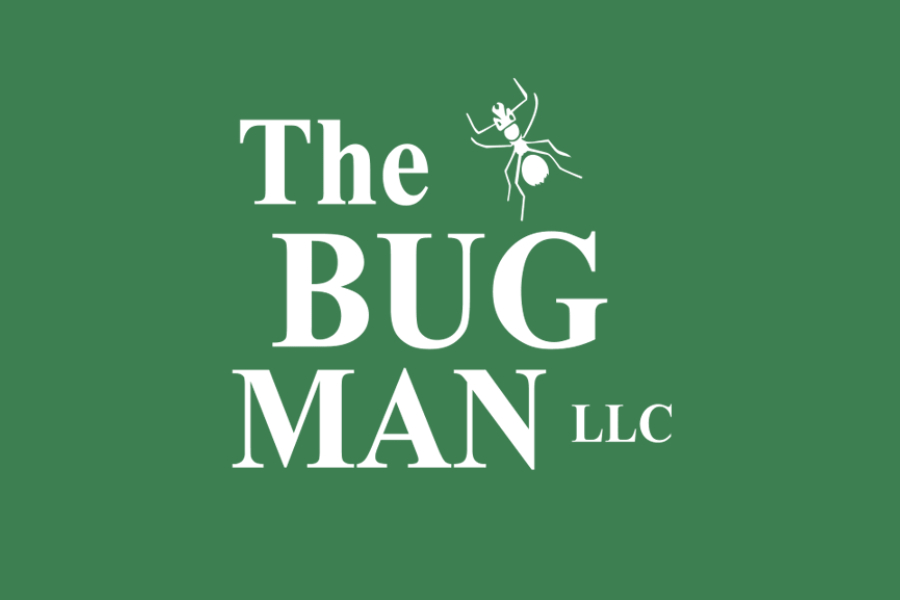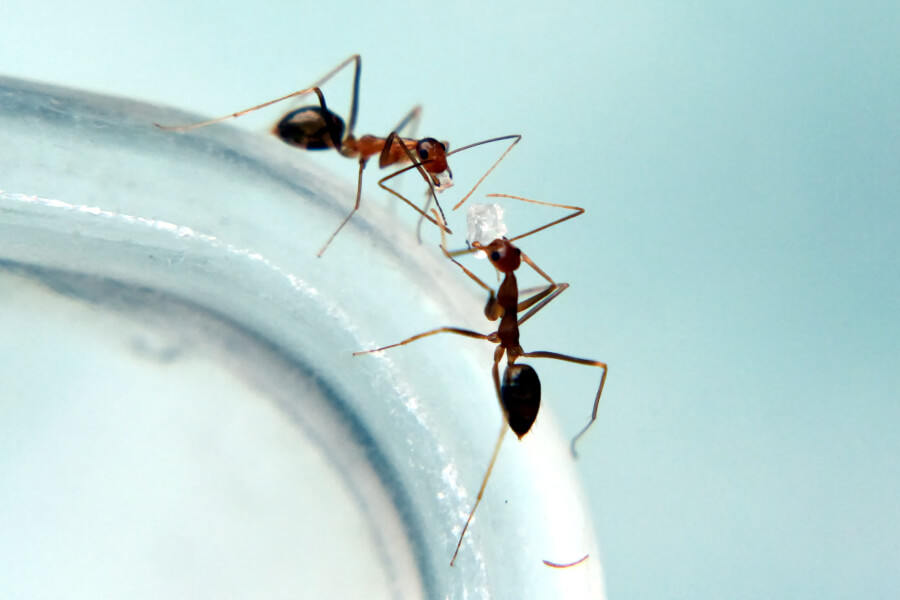Bed bugs are being discovered on a daily basis here in the Middle Tennessee region. In houses, apartments, hotels and even retail outlets, it appears that everyone is a target. Bed bugs have been feeding on humans since the beginning of recorded history. The bed bugs were nearly eliminated from the United States until the past ten years. Now we hear reports of them on a daily basis. I am going to discuss how you may transport the bed bugs, ways you can identify the bed bugs, and steps you can take to help prevent an infestation.
First, we need to be able to identify a bed bug. The bed bug is nocturnal, or active at night. They hide in cracks and crevices until the lights go out, then they come out and hunt for a blood meal. The bed bugs do leave behind signs that they are present. If you pull back the bedding on a mattress or bedspring, you want to look for rust colored staining on the mattress, usually along the seams and edges, or between the mattress and boxspring. You also may see live, active bed bugs when you are searching! Also, look at the cracks and crevices around the headboard. You may end up staring one in the eyes! If you find bed bugs at a hotel, I would request a different room immediately. If bed bugs are discovered at your home, it is time to call in the professionals.
A few tips on traveling to a hotel: A. Don’t place your luggage on the bed, keep it on the opposite wall away from the bed. B. Check the mattress and headboard as described above as soon as you arrive at the room. C. Leave, with your bags, as soon as you find evidence of bedbugs. You might even take a few photos with your phone to document what you find as management may need to see proof.
Now, let us talk transportation. How are you going to move these bed bugs into your home? Unfortunately, the bed bug is a master at hitching a ride. The bed bug can be transported in a purse, on electronics, in clothing, bedding, personal belongings, and even in your car. We have had reports of bed bugs joining the party by traveling to a sleepover in a sleeping bag or backpack of young children. I suggest that you are very careful about buying used furniture, clothing, and appliances from thrift stores, yard sales, or as a gift from a friend. Unless you know the place is bed bug free, you are taking a huge risk. We have heard from many customers stories of a friend or relative moving in and bringing an infestation of bed bugs with them. Or, they say how they got a great deal on a bedroom set, just to find out they now have a bed bug infestation. Saving a few dollars on the front end may cost you thousands later. Be careful and fully inspect the items before you take possession of them.
I receive questions about how to rid a home or room of bed bugs. While it can be done, it is tough to do it as a homeowner. A professional will have the proper tools, training, and products on hand to have the best success eliminating the bed bug infestation. It is always easiest to solve a bed bug problem when it first presents itself, so don’t wait a few weeks or months to see if they just “go away.” The Bug Man has trained technicians ready to protect your home from bed bugs. Contact us for more information.

